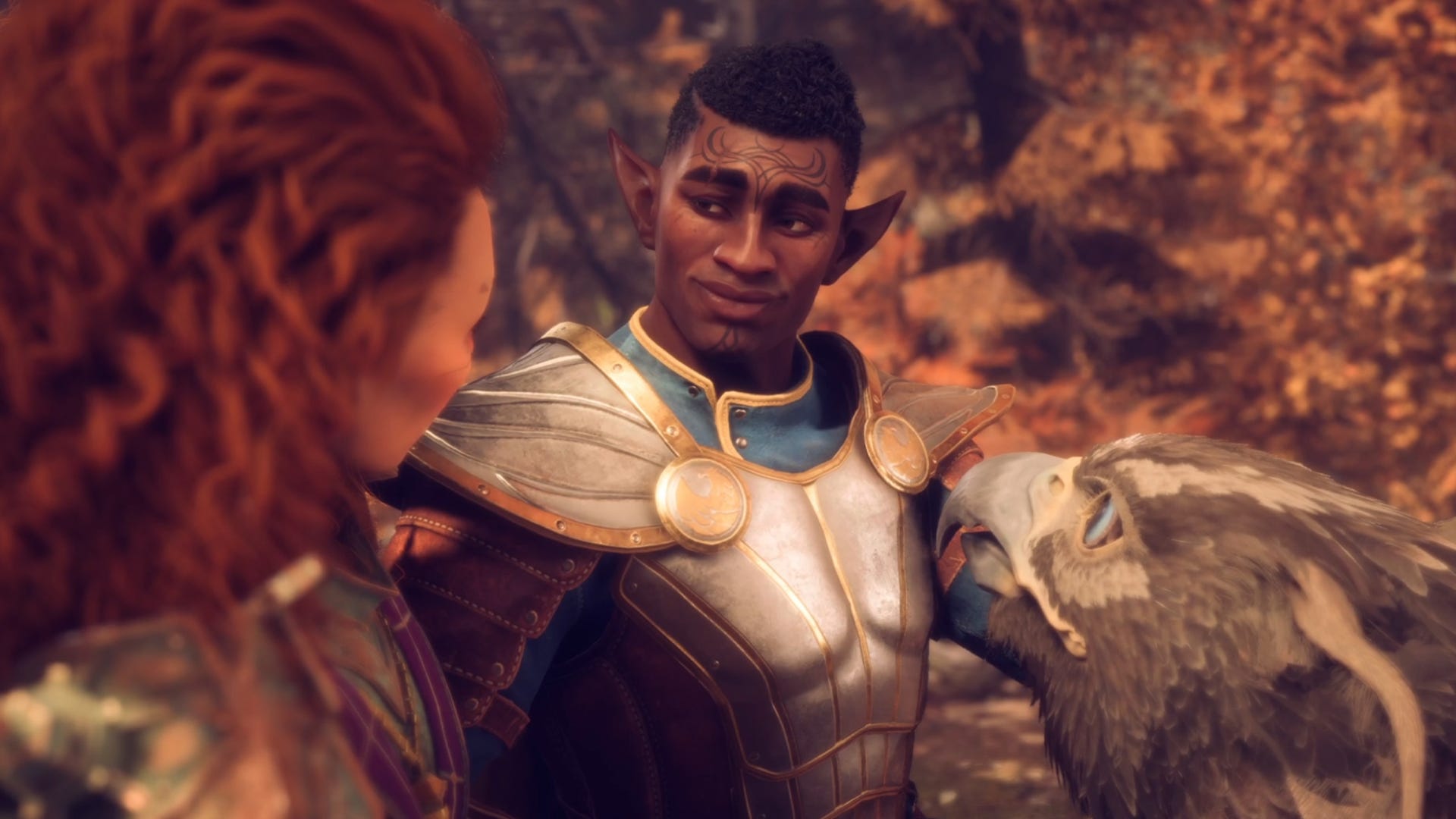Roblox sports experience Blade Ball is charging into the holiday season with a Festivities Update to help celebrate winter.
The latest update to developer Wiggity’s strategic dodgeball game, titled V6.5, arrived over the weekend. It comes with a new Gingerbread Hourly Spin and a special festive crate alongside a host of bug fixes, new swords, emotes, and more. It’s unclear exactly how long the Festivities Update-related goodies will be live, so make sure you start getting those spins in sooner rather than later.
The Festive Crate can be found in the lobby and grants access to specific rewards. Wiggity didn’t reveal everything the crate can hold and instead teased just one item: an OP-tier sword called Northstar Reaper. Players who advance to the Gingerbread wheel’s center, meanwhile, will be rewarded with the OP-tier sword, Frostbane.
Blade Ball’s latest update also comes with changes to a few abilities. The team says Calming Deflect and Quantum Arena have both received buffs, while Dragon Spirit, Swap, Golden Ball, Necromancer, and Phantom have been nerfed. Some clan tweaks include the ability to change your clan’s name for 99 Robux, while players are also now able to contribute up to 100 crowns every 10 minutes.
The Festivities Update follows November’s Thanksgiving Event update, which included a number of new themed additions, features, and bug fixes. Highlights included an in-game turkey NPC to visit as well as other unique rewards. That event is still underway and will remain available until December 7.
For more on Blade Ball, you can check out all active codes here. You can check out everything included in the latest update in the full patch notes below.
Blade Ball V6.5 Update Patch Notes
Festivities!
– Festive Crate
– Find the Festive Crate in the lobby to unlock awesome rewards like:
– OP Tier sword “Northstar Reaper” (VFX, Slash) – 0.05%
– Gingerbread Hourly Spin
– Get a free spin every hour!
– Advance to the center to unlock a LIMITED QUANTITY sword:
– OP tier sword (VFX, slash) “Frostbane” (5K Exists)
– Clan Changes
– Contribute up to 100 crowns every 10 minutes
– Change the clan’s name for 99 R$ (under the manager, as the first option).
– Vote 2 abilities to ban in clan wars.
– New OP 2.5K Existing BACKSWORD “Celestial Whisper”.
– Ability Changes
– Calming Deflect Buff
– Quantum Arena Buff
– Dragon Spirit Nerf
– Swap Nerf
– Golden Ball Nerf
– Necromancer Nerf
– Phantom Nerf
– Bug Fixes
– 18 Swords
– 5 Explosions
– 6 Emotes
Michael Cripe is a freelance contributor with IGN. He started writing in the industry in 2017 and is best known for his work at outlets such as The Pitch, The Escapist, OnlySP, and Gameranx.
Be sure to give him a follow on Twitter @MikeCripe.

